Why Kodomo No Hi is More Than Just Children’s Day
Have you heard of Kodomo No Hi? You might know it as Children’s Day in Japan, but it’s more than just a day for kids. Kodomo No Hi has a rich cultural history and significance that has evolved into a celebration for all ages.
Discover the origins of this national holiday, explore its modern-day celebrations, and discover how people around the world observe it.
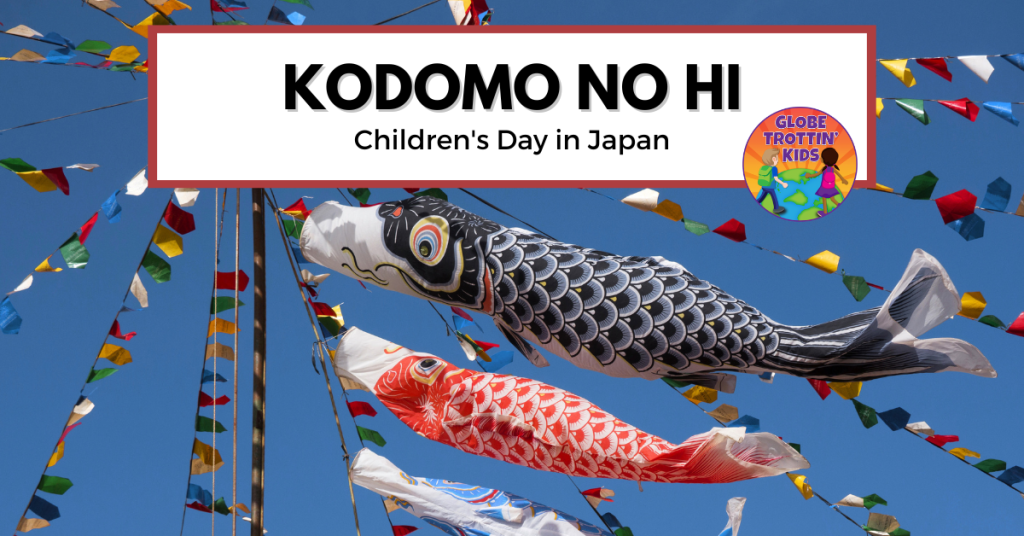
The Origins of Kodomo No Hi
Kodomo No Hi, also known as Children’s Day, has a long and fascinating history, dating back to ancient Japan. The holiday has its roots in an ancient Chinese custom of flying kites to ward off evil spirits. Over time, the tradition evolved to include the decoration of samurai helmets with decorative banners and streamers. These symbols of strength and vitality were meant to protect the warriors during battle.
During the Edo period, carp became an important symbol of strength and perseverance, and the tradition of hanging carp-shaped streamers known as koinobori, or “carp flags,” began to emerge. Today, displaying koinobori is a central part of Kodomo No Hi celebrations, with families hanging large colorful carp streamers outside their homes in honor of their children.
In Japan, Kodomo No Hi is a national holiday and a time for families to come together to celebrate their children and their future. The holiday has also gained popularity around the world, with people of all ages embracing the traditions and customs of this special day. Whether it’s flying kites, eating traditional foods, or hanging colorful koinobori, Kodomo No Hi offers a fun and meaningful way to celebrate the children in our lives and the promise of their future.
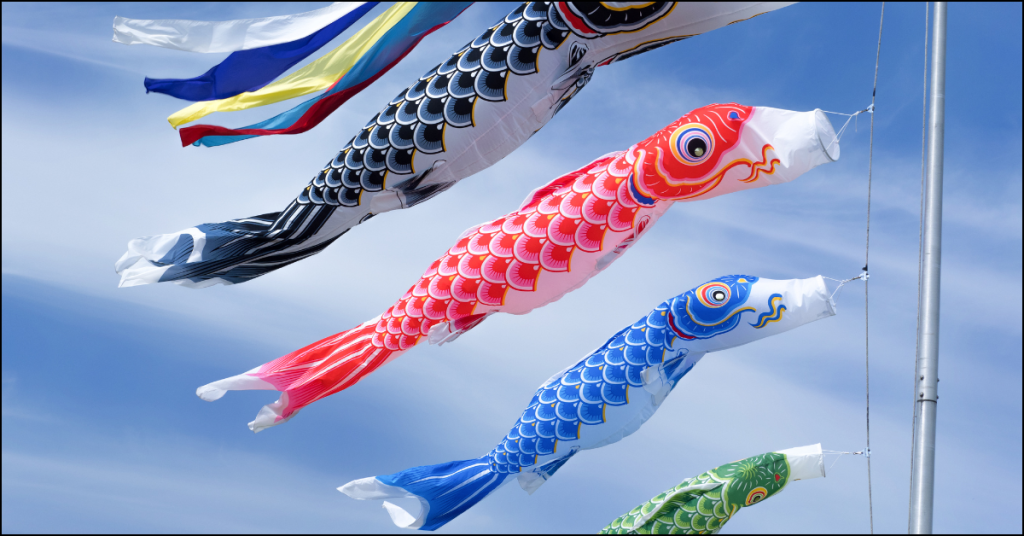
The Significance of Carp Streamers
During the Edo period, carp became a symbol of perseverance and determination. This tradition led to the emergence of koinobori or carp flags, which are carp-shaped streamers that symbolize strength and the ability to overcome obstacles. The practice of displaying koinobori is now an essential part of Kodomo No Hi celebrations. Families hang large, colorful carp streamers outside their homes in honor of their children to promote their growth and success.
The significance of carp streamers extends beyond their decorative purposes. They also represent the parents’ desire for their children to become powerful and successful. The streamers are often displayed in a specific order, with the largest carp at the top representing the father, followed by smaller ones in decreasing order, representing the mother and their children. This order aims to symbolize the family’s unity and strength.
Moreover, koinobori is also a way to teach children the values of perseverance and determination, as they learn the story of carp swimming upstream to reach their destination despite the difficulties. It promotes resilience in children and reminds them that they can overcome obstacles if they keep pushing forward.
Download step-by-step directions for a DIY carp streamer.
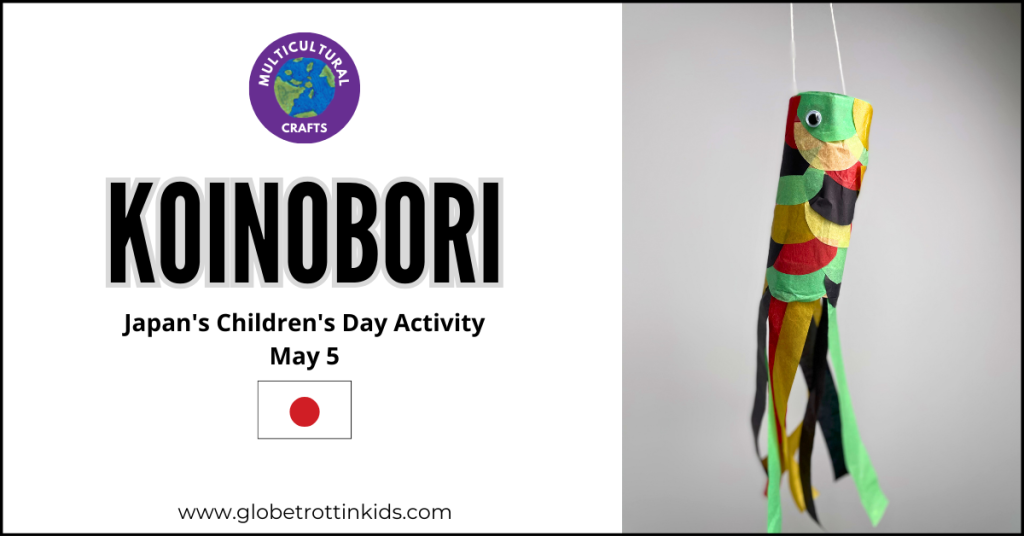
Traditional Foods and Games
Traditional foods and games are also an essential part of Kodomo No Hi celebrations. These activities offer an excellent opportunity for children to learn about and appreciate their culture.
From Kashiwa Mochi, a rice cake wrapped in oak leaves, to Yomogi Mochi, a rice cake wrapped in wormwood leaves, the foods prepared for this holiday are unique and symbolic. The oak leaves symbolize strength and prosperity, while the wormwood leaves are believed to ward off evil spirits. These traditional foods are not only delicious but are also part of the ancient Japanese culture.
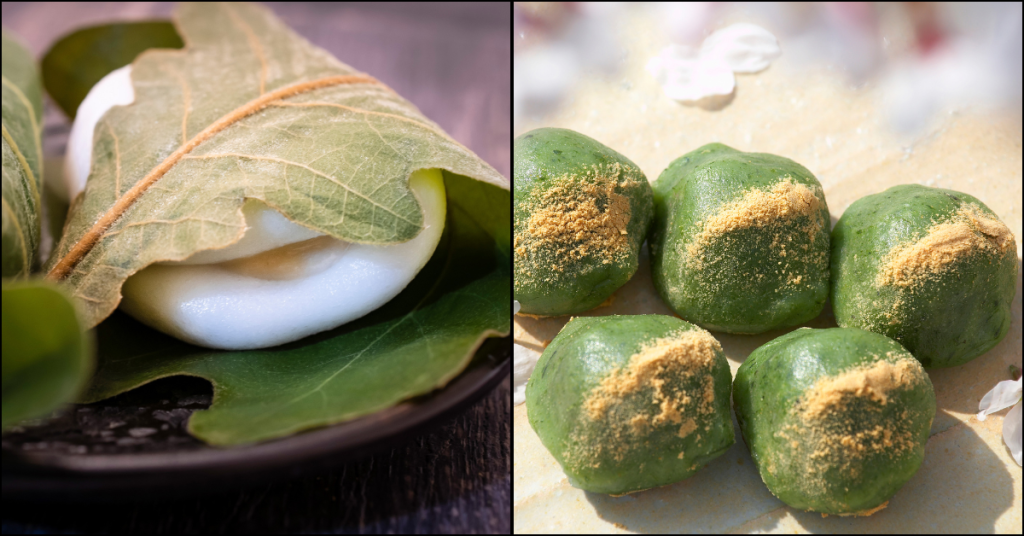
In addition to food, traditional games like kite flying, Kabuto Origami, and Hanetsuki add to the excitement of the celebrations. Kabuto Origami, or samurai helmet folding, is a popular activity that involves folding a piece of paper into a samurai helmet. Hanetsuki is a game similar to badminton, where players hit a shuttlecock using paddles made of wood. Kite flying is another popular activity that attracts families to the outdoors, where they can enjoy the spring air and spend quality time together.
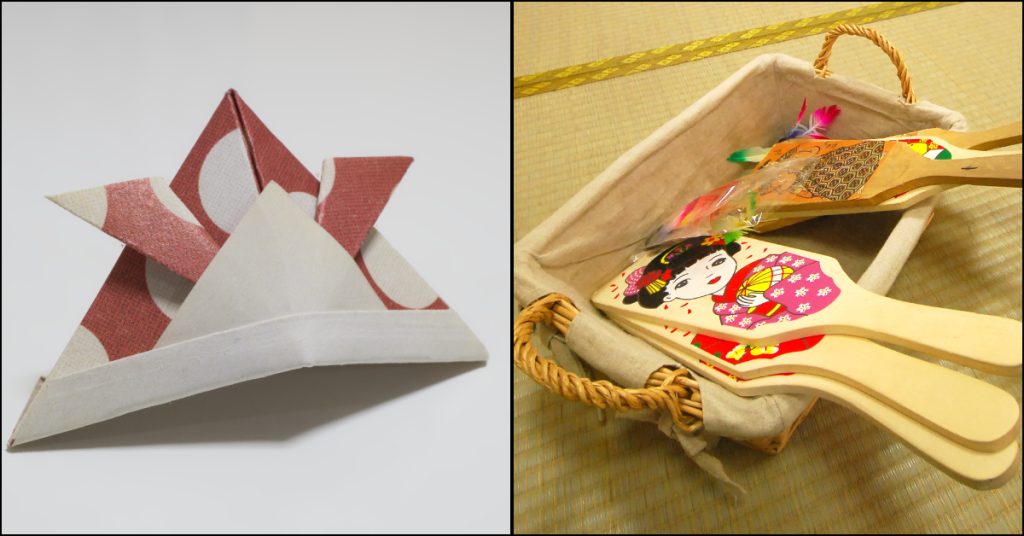
All these activities come together to create an enjoyable and meaningful holiday, where families can come together to celebrate their children and their future. Modern-day celebrations have incorporated these traditional activities into the festivities, ensuring that the younger generation appreciates and understands their roots.
Modern-Day Celebrations
Additionally, Kodomo No Hi has evolved to include modern-day celebrations that honor the holiday’s traditional roots. Along with the traditional dishes and games, families also celebrate by attending parades and festivals that showcase Japanese culture. These events offer a chance for visitors to witness the beauty of traditional dance performances, martial arts demonstrations, and even taiko drumming displays. While the celebrations may vary regionally, the underlying message remains the same: to honor and celebrate the health and happiness of children.
From these modern-day celebrations, we can see how the holiday has transformed over time while still retaining its traditional significance. These festivities not only help to keep Japanese culture alive but also allow future generations to honor and connect with their heritage.
Kodomo No Hi Around the World
From the traditional carp streamers to the modern-day parades and festivals, Kodomo No Hi is a holiday that has evolved over time but still retains its significance in Japan. However, the celebration of Kodomo No Hi isn’t limited to Japan alone. Many countries around the world celebrate this holiday in their own unique ways.
In Hawaii, where there is a large Japanese population, the holiday is known as “Boy’s Day” and is celebrated with a kite-flying tradition. In Brazil, where there are also many Japanese immigrants, the holiday is celebrated by wearing traditional Japanese clothing and eating traditional foods.
In the United States, Kodomo No Hi is celebrated in cities like San Francisco and New York with festivals that include traditional Japanese music and dance performances. Many families with Japanese heritage also celebrate the holiday in their homes with traditional dishes like mochi (rice cakes) and kabuto mushi (steamed shrimp).
Regardless of where it is celebrated, the sentiment behind Kodomo No Hi remains the same: to honor and celebrate the health and happiness of children. The holiday serves as a reminder to cherish the future of our society and to pass on traditions to the next generation.
Overall, Kodomo No Hi is a holiday that has stood the test of time and has evolved in unique ways around the world. It serves as a celebration of culture and family, reinforcing the importance of tradition and preserving heritage.,
In conclusion, Kodomo No Hi is a holiday that goes beyond just celebrating children. Its origins rooted in tradition and cultural significance have evolved into a day for people of all ages to come together and appreciate Japan’s heritage. The colorful carp streamers, traditional foods, and games all add to the festivities of the day.
Kodomo No Hi has spread its wings beyond Japan and has become a beloved holiday around the world. So, whether you are Japanese or not, participate in the Kodomo No Hi celebrations and learn more about this rich cultural tradition.
